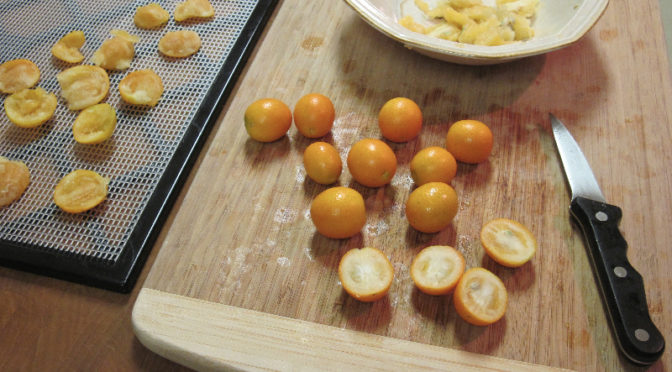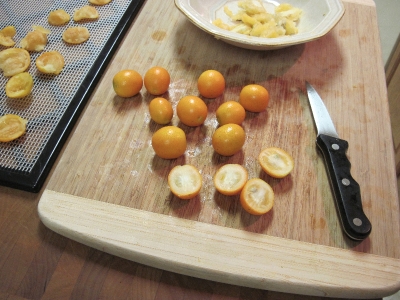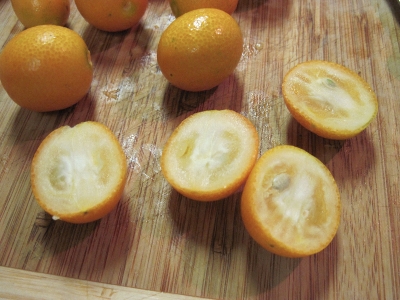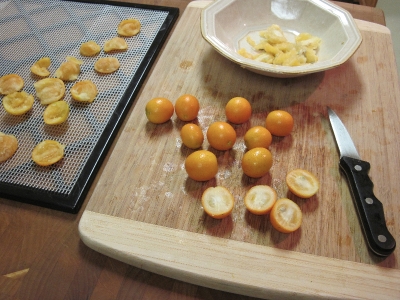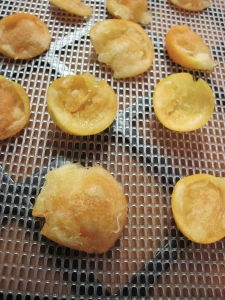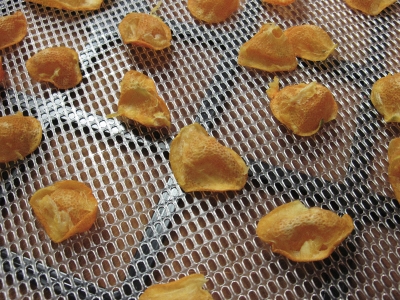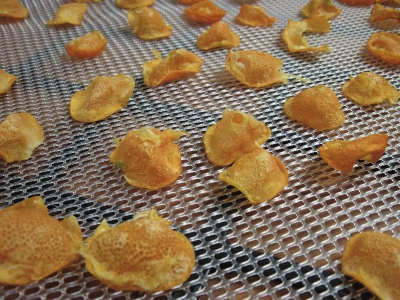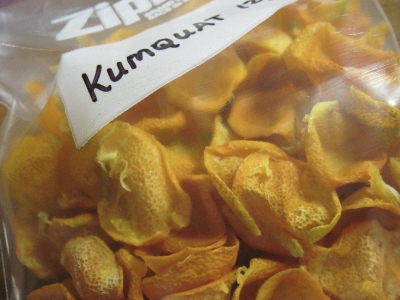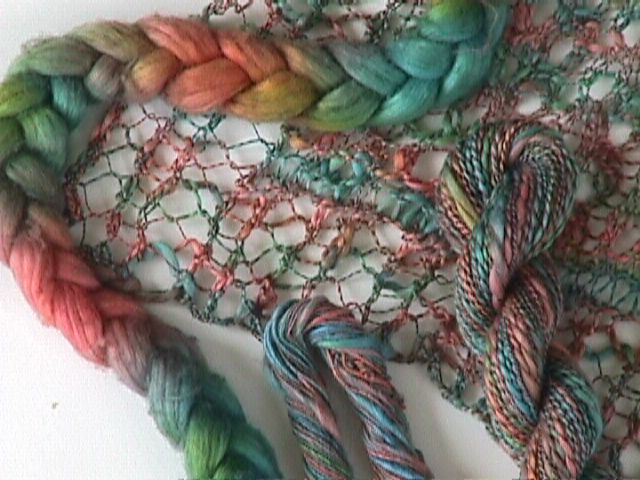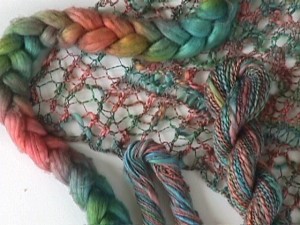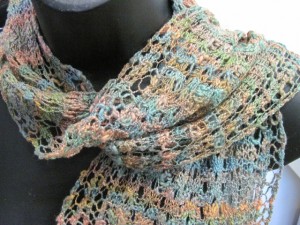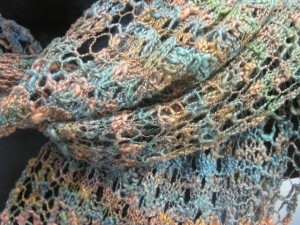The little kumquat tree I started in my front yard a couple of years ago was loaded with fruit this year. It wasn’t actually a lot of fruit, but for the small size of the tree, I am very pleased with its production.
So far I’ve made a couple of small jars of kumquat preserves and also sliced some fresh kumquats to put in garden salad. Now I am looking for something else to do that will help me enjoy the wonderful, citrus flavor of these fruits throughout the year. The answer, of course, is to dry them! Here is a photo journal of my process using the Excalibur dehydrator I got just last fall and am already finding many, many uses for. (I will tell you more about these in future posts)
Wash kumquats and trim ends if necessary.
Cut kumquats in half.
Remove seeds/pulp center from the peel. The easiest and fastest way I’ve found to do this is just to press my thumbs against the outside of the halved kumquat, thus inverting the peel and pushing out the pulp center along with the seeds.
Place the peels on dehyrator tray. I like to put them peel side down so that the juicy bits do not get the tray unnecessarily sticky. That way there is less tray cleanup, while still getting maximum air flow through the tray grid during the dehydration process.
Here are the kumquat peels after 6 hours in the dehydrator at 135 degrees F.
The kumquat skins will have shrunk up and look a bit wrinkly.
They are crunchy with a nicely intense flavor. Yumm.
Store dried kumquats in an airtight zipper bag that has been labeled and dated. No need to refrigerate — these will last just like they are on the shelf for months and months — IF I don’t eat them all before then, lol.

